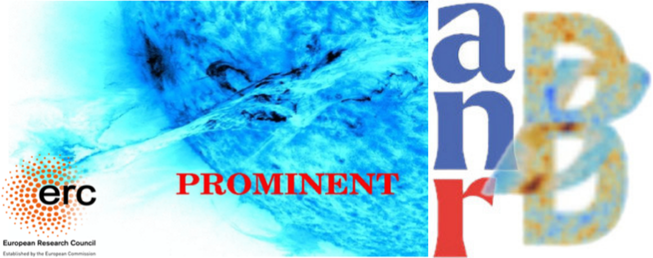BxC, which stands for magnetic fields from multiplicative chaos, is a swift generator for 3D turbulent magnetic fields, which allows to generate high-resolution data cubes, in minutes, on laptops and desktops.
Capabilities
In addition to having an actual “look-and-feel” resemblance to turbulent fields, BxC-generated fields also match physical turbulent flows in terms of higher order statistics, compared to actual DNS simulations. The relatively simple Python implementation allows for full user-controlled customization of the power spectrum as well as the inclusion of realistic features such as anisotropy and background structured topologies.
Getting started
BxC is fully implemented in Python. The relatively simple structure of the code makes it extremely user-friendly and easy to use. The Python implementation also facilitates the post-processing of data, for which users can readily use their own routines.
Using BxC
The development of BxC took and still takes a lot of time and effort. We kindly ask that the first published peer-reviewed paper from applying BxC is done in co-authorship with at least one of the original authors. Additionally, if you use BxC in a publication we kindly request that you cite the code paper.
Fundings
BxC is supported by funding from the European Research Council (ERC) under the European Unions Horizon 2020 research and innovation programme, Grant agreement No. 833251 PROMINENT ERC-ADG 2018; the project received funding from the Internal Funds KU Leuven, Project No. C14/19/089 TRACESpace, and Agence Nationale de la Recherche, project BxB:ANR-17-CE31-0022.




